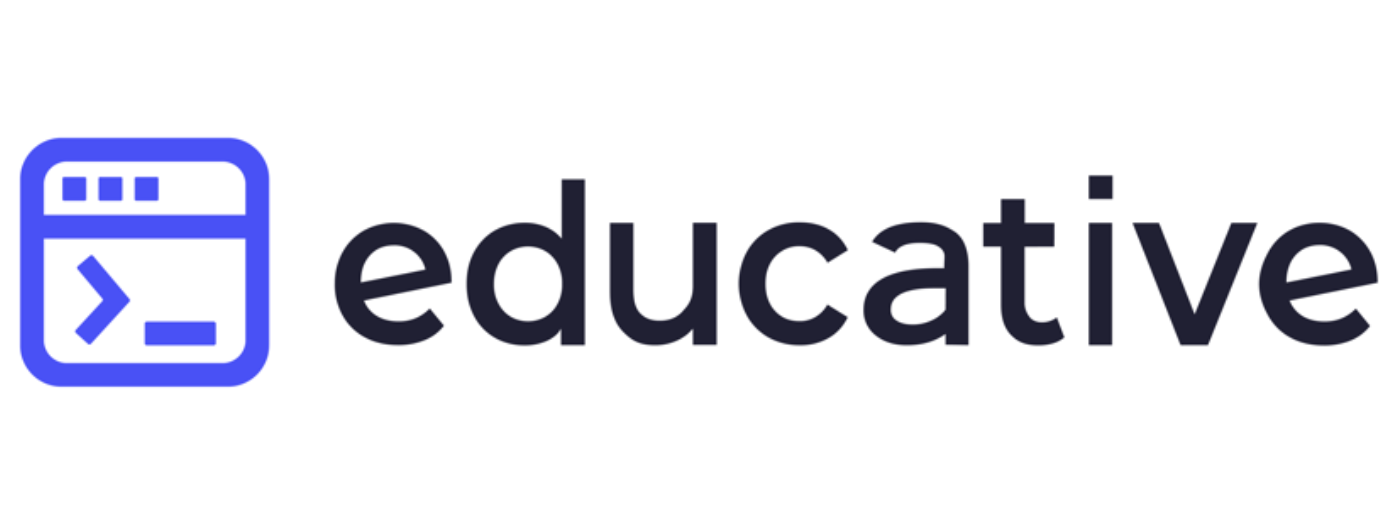How to Confirm the Software Cluster Used to Install a Solaris System
It’s been too long since my last post, and I’m really happy to be back from holidays!
Today it will be a very short note about a very specific subject: determination of the software metacluster used to install your Solaris system.
Solaris installation metaclusters
In case you don’t remember, it’s possible to install different sets of Solaris packages to match the intended system use. For example, if you are a developer, you will need not only the core packages but also all the development tools. If you’re building a highly secure system, you’ll probably want the minimum set of packages and won’t care about graphics interfaces or anything like this. To serve such purposes, Solaris offers you a chance to pick one of the metaclusters at the installation stage (it’s one of the mandatory steps of your install).
There’s in total 5 metaclusters used to install Solaris:
Reduced Networking, SUNWCrnet
Contains the packages that provide the minimum code that is required to boot and run a Solaris system with limited network service support. The Reduced Network Support Software Group provides a multiuser text-based console and system administration utilities. This software group also enables the system to recognize network interfaces, but does not activate network services.
Core, SUNWCreq
Contains the packages from the Reduced Networking Software Group plus those that provide the minimum code that is required to boot and run a networked Solaris system.
End User, SUNWCuser
Contains the packages from the Core Software Group plus those that provide the minimum code that is required to boot and run a networked Solaris system and the Java Desktop System (CDE and GNOME).
Developer, SUNWCprog
Contains the packages for the End User Software Group plus additional support for software development. The additional software development support includes libraries, include files, man pages, and programming tools. Compilers are not included.
Entire, SUNWCall
Contains the packages for the Developer Solaris Software Group and additional software that can be useful for some server deployments.
Entire + OEM, SUNWCXall
Contains the packages for the Entire Solaris Software Group plus additional hardware drivers, including drivers for hardware that is not on the system at the time of installation.
How to find the metacluster used for installing your Solaris system
Now we finally get to the original topic of this post. What if you already have a Solaris system, and you simply want to confirm what metacluster was used for installing it?
This is where the full installation log will become really useful. Yes, you heard me right – every Solaris install is properly documented and carefully stored in a file on your Solaris box.
The name of the install log file is what you would expect: /var/sadm/install_data/install_log
The very top of this log will contain plenty of useful information confirmed at the installation stage, and one of the lines there contains the answer to our question. In this example, you can see that I’ve used the SUNWCXall metacluster:
bash-3.00# more /var/sadm/install_data/install_log
Processing default locales - Specifying default locale (en_IE.ISO8859-15)
Processing profile - Selecting cluster (SUNWCXall) - Selecting locale (en_IE.ISO8859-15) - Selecting all disks - Configuring boot device - Using disk (c1t0d0) for "rootdisk" - Configuring / (c1t0d0s0) - Configuring swap (c1t0d0s1) - Configuring /opt (c1t0d0s3) - Configuring /var (c1t0d0s4) - Configuring /export (c1t0d0s7) - Deselecting unmodified disk (c1t1d0)
That’s it for today, enjoy! I’ll soon resume regular blogging and continue expanding on the basic Unix usage topics. Let me know if you have an idea or question for me to expand!






